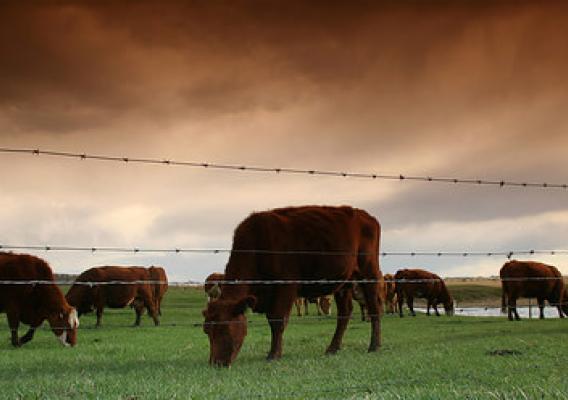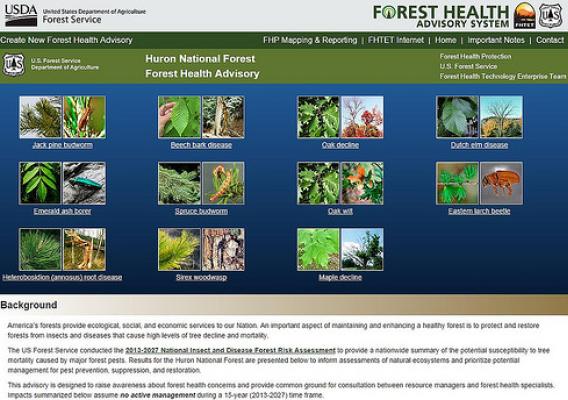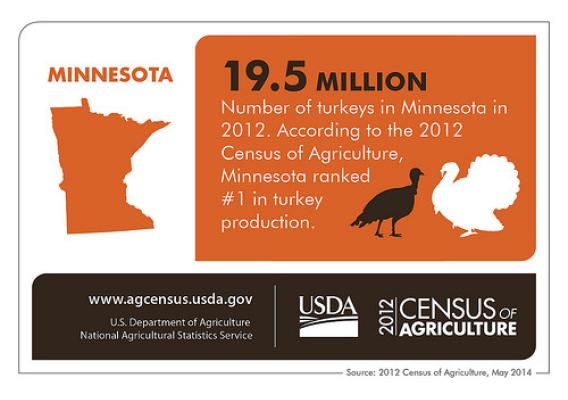This post is part of the Science Tuesday feature series on the USDA blog. Check back each week as we showcase stories and news from USDA’s rich science and research portfolio.
The USDA National Agricultural Library’s (NAL) Food and Nutrition Information Center (FNIC) today launched its mobile application, or “app,” which calculates Dietary Reference Intakes (DRIs). The “USDA Dietary Reference Intakes (DRI) Calculator for Healthcare Professionals” app allows users to keep track of nutrient calculations and recommendations that are based on the DRI values in a more convenient and user-friendly format. Through this new app, healthcare professionals can save time in the nutrition care process for patients and clients, while having access to credible nutrition guidance.
The National Academy of Science’s Institute of Medicine first developed the DRIs in the mid-1990s. DRIs are recommended amounts of each nutrient a healthy person should consume to prevent deficiency or harmful health effects. Initially presented in tables, this information allows healthcare professionals to use the DRIs to assess and plan diets for groups or individuals. For example, if you are a female between 19 and 50, your registered dietitian or doctor may recommend that you increase your dairy consumption to meet the 1,000mg/day calcium recommendation outlined in the DRIs. The DRIs are also used in policy-making such as setting calorie and sodium guidelines for healthy school lunches.










